Truth about ancient ‘alien corpses’ has finally been revealed
Scientists have finally revealed the shocking truth about the terrifying ‘alien corpses’ discovered last year.
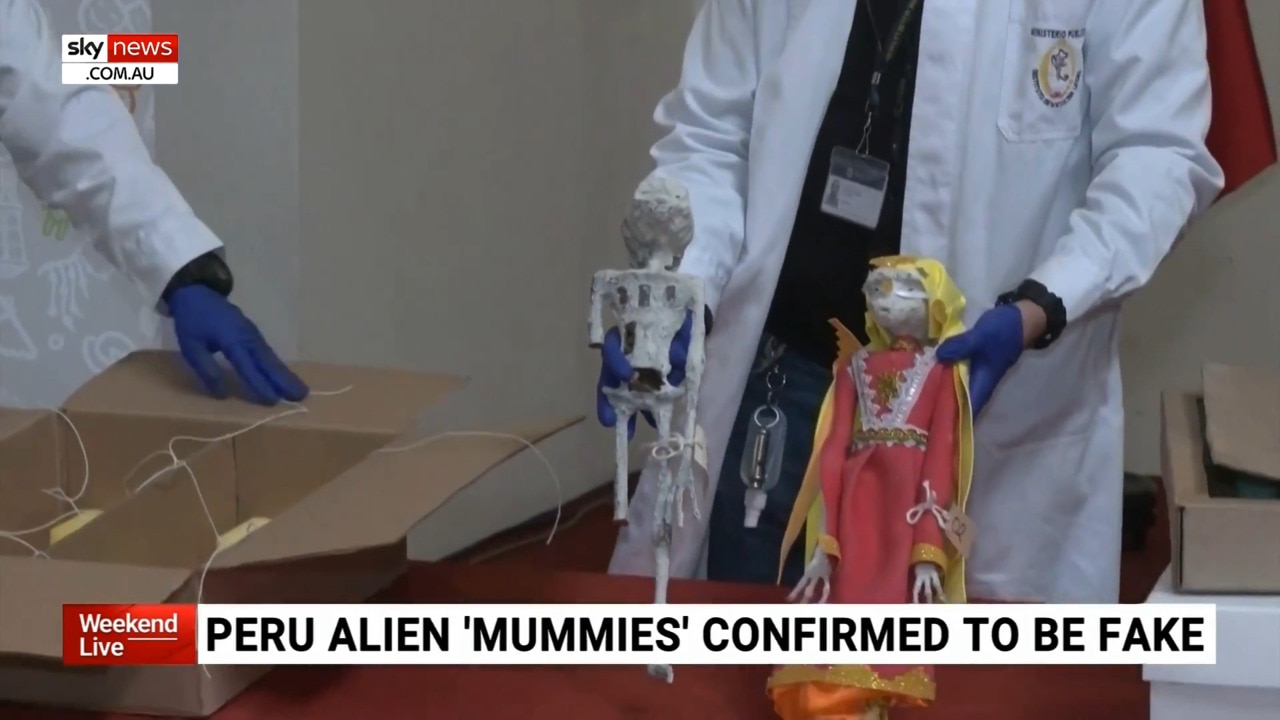
Forensic scientists have revealed the truth about the two ‘alien mummies’ that were discovered in South America last year.
Experts have confirmed the two doll-like alien figures discovered at a Peru airport en route to Mexico back in September 2023 are in fact fakes.
Photographs of the bizarre creatures went viral last year after their discovery, with some fearing that an ‘alien invasion’ might be imminent.
Mexican reporter and self-declared “UFO-ologist” Jaime Maussan brought the unidentified objects in front of the Mexican congress last year, claiming they had been recovered near Peru’s ancient Nazca Lines and were over 700 years old.
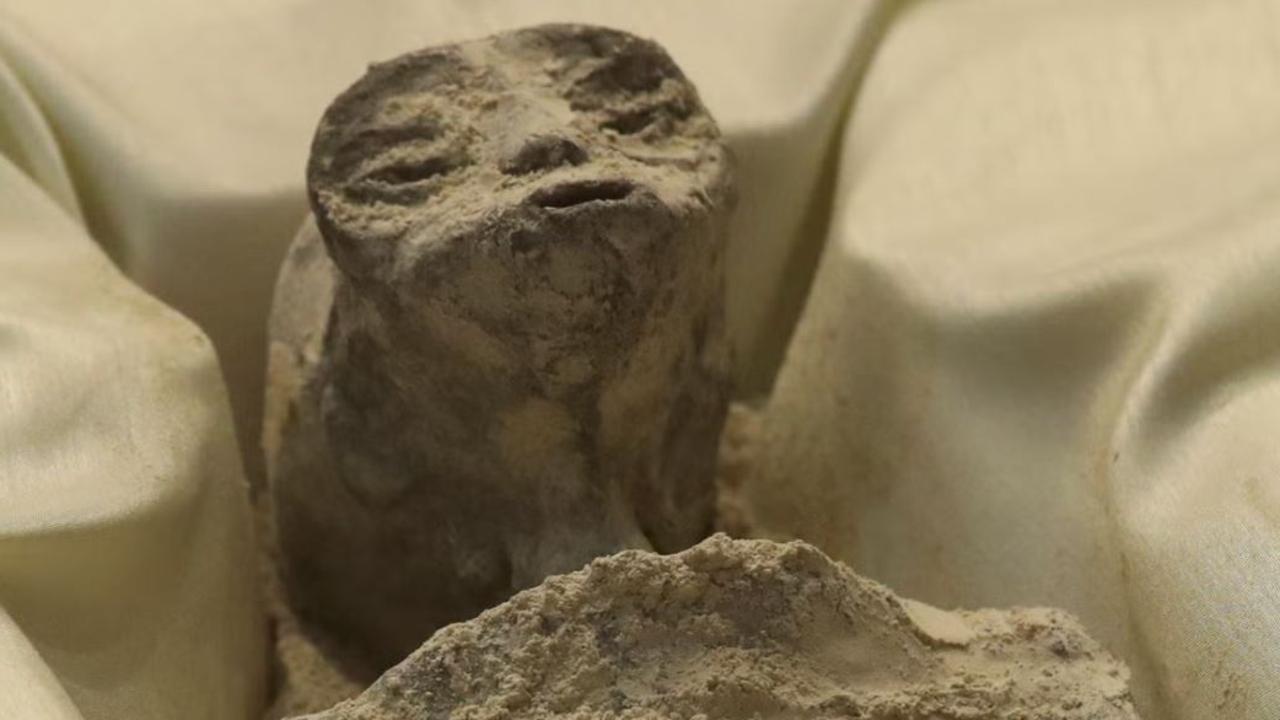
But forensic experts with Peru’s prosecutor’s office have now revealed that the ‘aliens’ were actually just man-made objects.
They stated that the figures were made from a mix of paper, glue and metal, as well as a mix of human and animal bones.
“The conclusion is simple: they are dolls assembled with bones of animals from this planet, with modern synthetic glues, therefore they were not assembled during pre-Hispanic times,” Forensic archaeologist Flavio Estrada said.
“They are not extraterrestrials; they are not aliens.”
Mr Estrada firmly dismissed any beliefs that the dolls had came from another planet, labelling it “a made-up story”.
A strange three-fingered hand believed to be from the same region was also analysed, but it has been confirmed to have no connection to alien life.
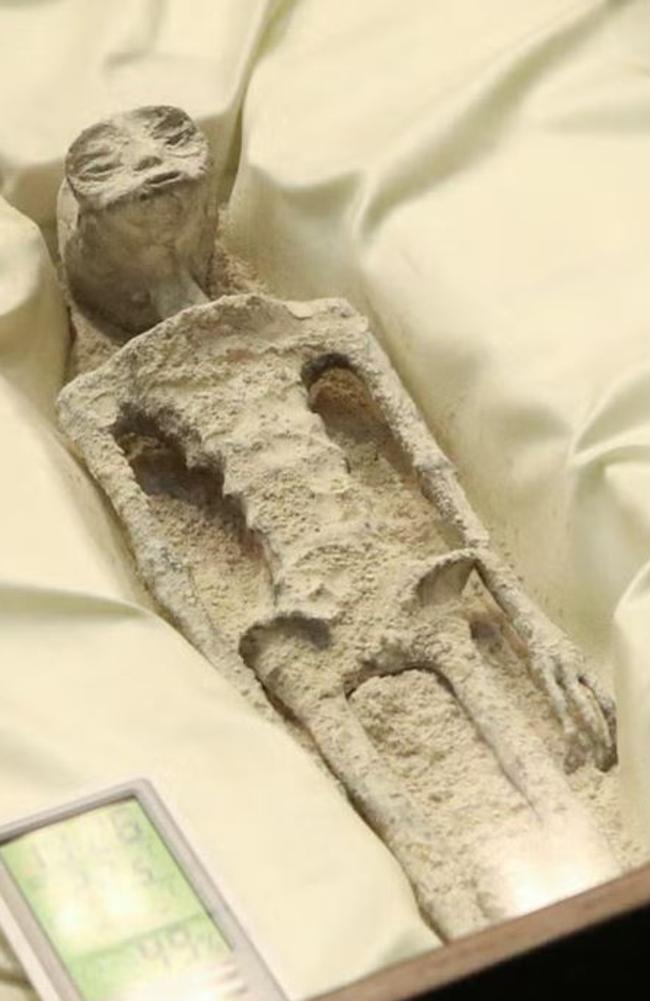
The two dolls were discovered at Lima airport in a courier cardboard box in September 2023, with officials revealing the parcel was meant to be sent to a Mexican citizen before it was seized by customs.
The figurines were made to look like mummified bodies dressed in traditional Andean attire.
It is still not known who owns the dolls or why they were created.
At the time, former US navy pilot and UFO specialist Ryan Graves called the discovery an unsubstantiated stunt”.
Mr Graves, executive director of Americans for Safe Aerospace (ASA), was among witnesses who testified before the Mexican congress when the two dolls were showcased to politicians.
“Unfortunately, yesterday’s demonstration was a huge step backwards for this issue,” Graves said in a statement posted on X, formerly known as Twitter.
“My testimony centred on sharing my experience and the UAP reports I hear from commercial and military aircrew through ASA’s witness program.
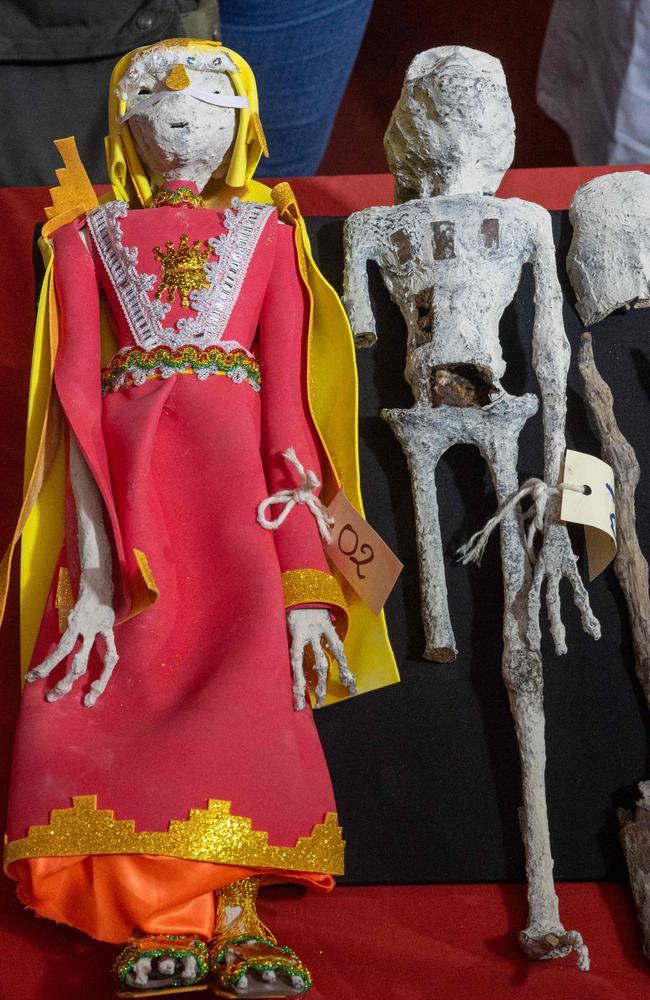
“I will continue to raise awareness of UAP as an urgent matter of aerospace safety, national security, and science, but I am deeply disappointed by this unsubstantiated stunt.”
During his testimony, Maussan, a long-time UFO enthusiast, claimed the specimens were not related to any life on earth.
“We are not alone,” Maussan said.
“It’s the queen of all evidence. That is, if the DNA is showing us that they are non-human beings and that there is nothing that looks like this in the world, we should take it as such.”
NASA was asked what it thought about the discoveries at a press conference.
“This is something that I’ve only seen on Twitter,” theoretical astrophysicist David Spergel said.
“When you have unusual things, you want to make data public. NASA has one of the most valuable samples from outer space – lunar rocks. What do we do?
“We make them available to any scientists who want to work with us.
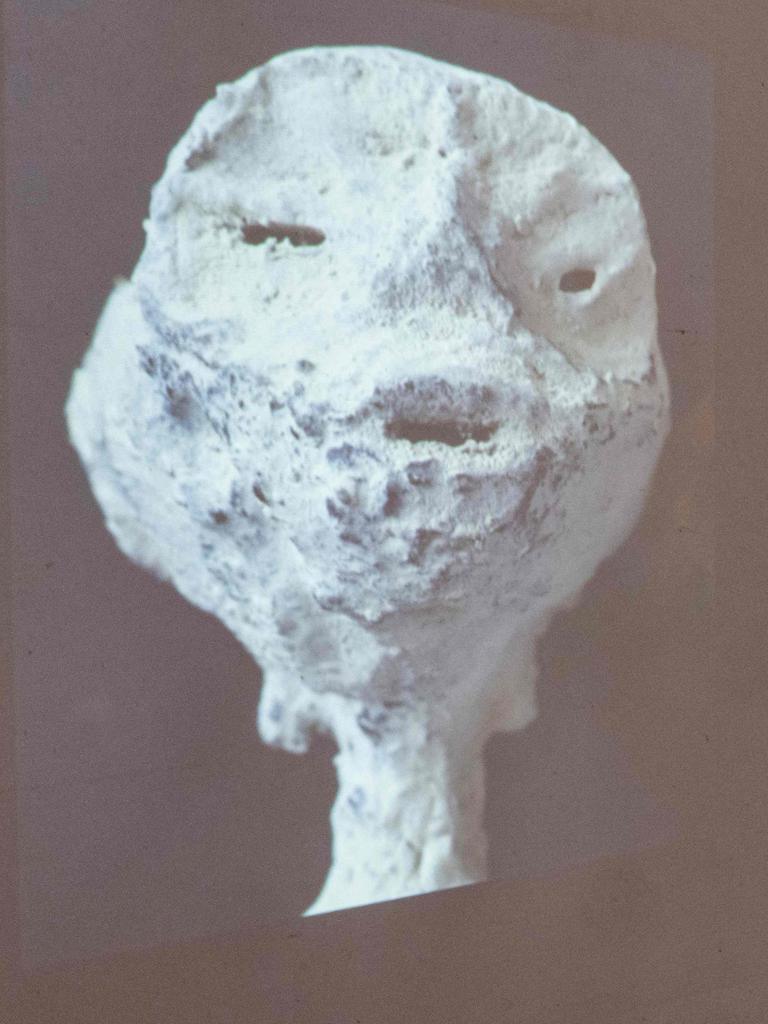

“We don’t know the nature of those samples … if I was making a recommendation to the Mexican government … if you have something strange make samples available to the world scientific community and we’ll see what’s there.”
There have been more than 800 UFO-related “events” collected over the past 27 years, of which two to five per cent are thought to be possibly anomalous, experts have said.
These are defined as “anything that is not readily understandable by the operator or the sensor,” or “something that is doing something weird”.
The US government has begun taking the issue of UFOs more seriously in recent years, in part due to concerns that they are related to foreign surveillance.






